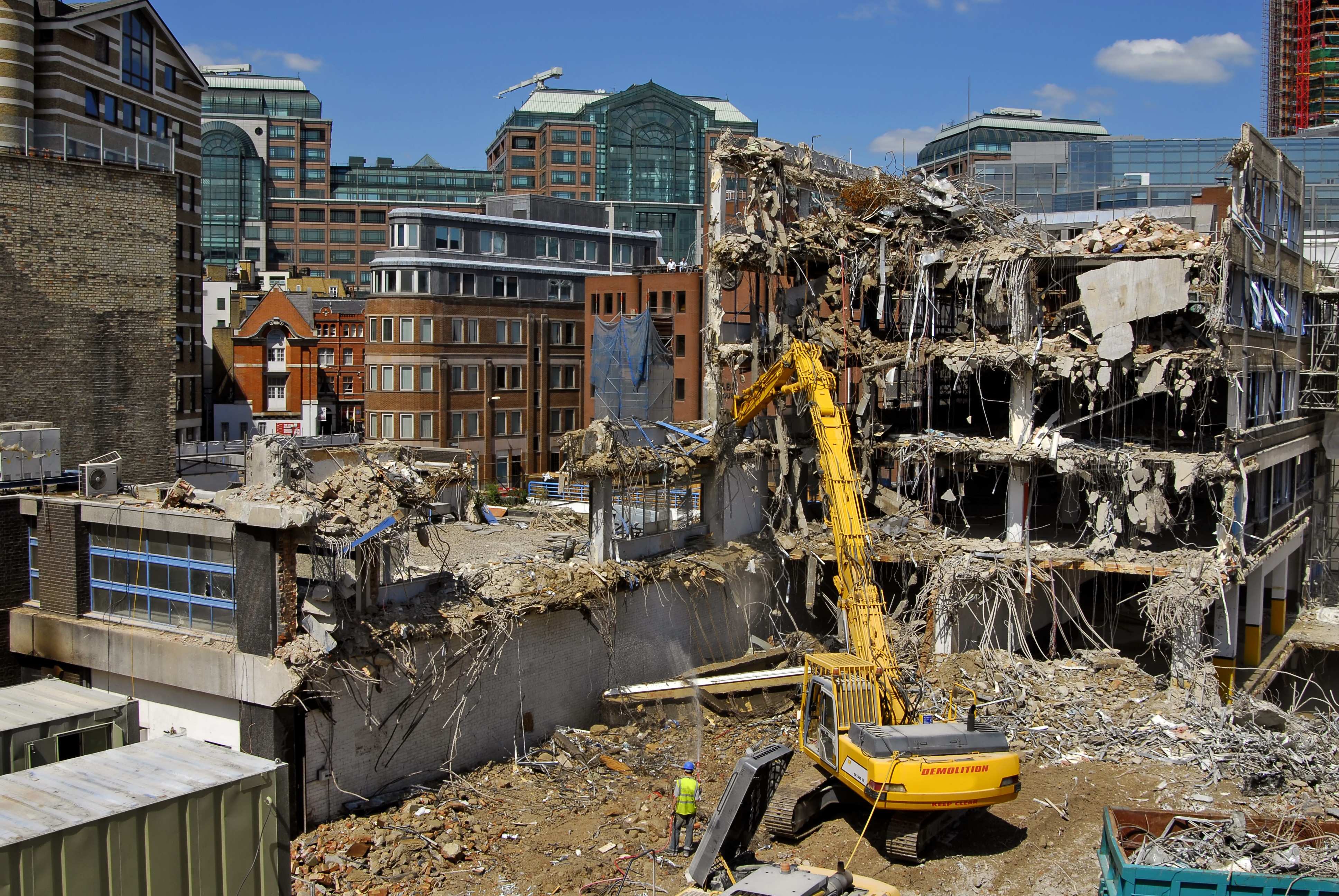Upcoming Surprise HSE Construction Site Inspections to Focus on ‘Slow Killers’
Beginning 1st October 2018, the HSE will be conducting its latest inspection initiative, focused on the construction sector. Employers can expect HSE surprise construction site inspections to place an emphasis on ensuring workers are protected from long-term health complications, such as occupational lung disease, that typically result from asbestos, silica, wood or other dust exposure. These harmful substances are known as slow killers and are the focus of the HSE’s #DustBuster campaign to protect construction workers’ lungs.
In a recent news bulletin, the HSE explained that although the impact is not as immediately evident as that of safety flaws, a failure to prioritise workers’ health and guard against slow killers could lead to serious complications later in life. Indeed, the HSE estimates that there are 8,000 work-related cancer deaths each year, with 3,500 of those fatalities stemming from the construction industry. What’s more, asbestos and dust exposure are the primary causes of these deaths.
Employers can expect HSE inspectors to assess workers’ understanding of safety, making sure they are aware of the following:
- The specific risks involved when working with hazardous substances—This involves being aware of the various forms that these substances can take (solid, liquid, vapour, gas and even via microorganisms), different exposure routes (lungs, skin, mouth and other airways), and potential health effects.
- Your organisation’s plan to mitigate potential risks—Both you and your employees should know your organisation’s plan for handling industry-specific health risks related to asbestos and dust exposure. This involves planning a mitigation strategy, identifying exposure hazards in your workplace, assessing the significance of these hazards and involving workers in the final risk management plan.
- The required procedures for preventing and controlling potential risks—It is not enough for your organisation to simply have a plan in place. Workers must be aware of and actively follow the necessary procedures to reduce asbestos and dust exposure risks.
Consider the following guidance for handling asbestos and dust exposure risks in the workplace:
- Use different methods of work that decrease the likelihood of exposure. This includes replacing harmful substances with safer materials when possible, using proper tools and providing personal protective equipment, such as respiratory protective equipment.
- Regularly rotate workers who perform tasks with a risk of exposure and limit the number of people working near that area.
- Train workers to ensure they understand proper procedures that reduce exposure and know what to do if something goes wrong.
- If you are aware of or presume your worksite to contain asbestos, you must conduct an asbestos survey before starting work.
The HSE warns that if poor standards are found, your organisation will suffer enforcement action and costly fines. To join the HSE’s #DustBuster campaign, click here.
If you are a construction company, contractor or tradesman, contact Lockyers to review your insurance.


